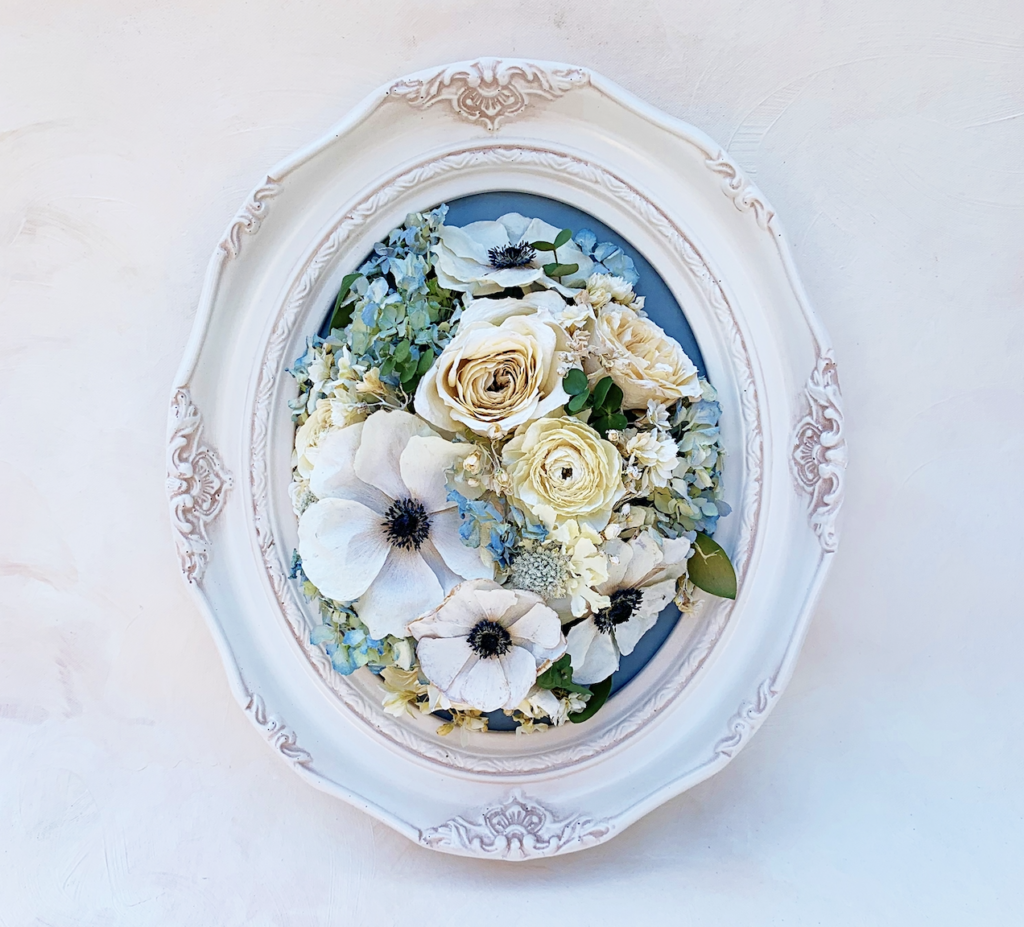The History and Tradition Behind Preserving Wedding Flowers
Weddings are cherished occasions filled with love and joy, where flowers play a key role. From stunning bouquets to elegant centerpieces, these blooms create an unforgettable atmosphere. However, many couples choose to preserve their wedding flowers, allowing them to hold onto their special day long after the celebration has ended. In this blog post, we’ll explore the history and tradition behind preserving wedding flowers, popular methods of preservation, and why this practice continues to hold significant meaning today.

A Brief Look at History
The tradition of preserving flowers dates back centuries. Ancient Egyptians and Romans used various techniques to dry flowers because they believed blooms symbolized emotions and status. In the Victorian era, people assigned specific meanings to different flowers, creating a “language of flowers.” This significance carried over into weddings, where blooms represent love and commitment. By preserving wedding flowers, couples capture these sentiments, making the practice even more meaningful.
The Sentimental Value of Wedding Flowers
Wedding flowers symbolize love and devotion, marking the beginning of a couple’s journey together. The bouquet carried down the aisle not only reflects beauty but also encapsulates memories of the wedding day. Over the years, these memories may fade; however, preserving wedding flowers helps couples keep those precious moments alive. The sentimental value of preserved blooms drives many couples to choose this option.
Popular Methods of Preservation
You can choose from several effective ways to preserve wedding flowers, each offering unique benefits. Here are a few popular methods:
1. Air Drying
Air drying remains one of the oldest and simplest methods for flower preservation. Couples can hang the bouquet upside down in a cool, dark space for several weeks. This method helps maintain the flowers’ shape and color, making it a popular choice.
2. Silica Gel
Using silica gel is another popular preservation technique. In this method, you bury flowers in silica gel, which absorbs moisture while retaining the flowers’ original shape. This technique works particularly well for delicate blooms that might not hold up to air drying.
3. Resin Casting
For a more contemporary approach, couples often turn to resin casting. This technique involves encasing flowers in clear resin, creating a stunning display that can serve as décor or keepsakes. Flowers preserved in resin showcase their beauty while remaining protected from the elements.
4. Freeze-Drying
Freeze-drying represents a more advanced and costly method, but it offers excellent results. In this process, you freeze flowers and place them in a vacuum, allowing moisture to evaporate without damaging their structure. This technique results in vibrant blooms that can last for many years.
Why the Tradition Continues
Preserving wedding flowers is not just a nostalgic act; it also honors the memories made on that special day. Many couples choose to display their preserved flowers in their homes, serving as a constant reminder of their love. Others incorporate these blooms into anniversary celebrations or pass them down as family heirlooms.
A Symbol of Lasting Love
Incorporating preserved wedding flowers into home décor beautifully celebrates your love story. Whether you choose a framed bouquet or a resin piece on display, these items become symbols of commitment and the beautiful moments you’ve shared.
Great Journey of Flower Preservation
The tradition of preserving wedding flowers is rich in history and sentimentality. It allows couples to hold onto a piece of their special day, creating lasting memories that can be cherished for years. Whether you choose to air dry, use silica gel, cast in resin, or freeze-dry your blooms, find a method that resonates with you.
If you’re considering preserving your wedding flowers but don’t know where to start, don’t hesitate to reach out! I’m here to help you explore the options and find the perfect way to commemorate your special day.